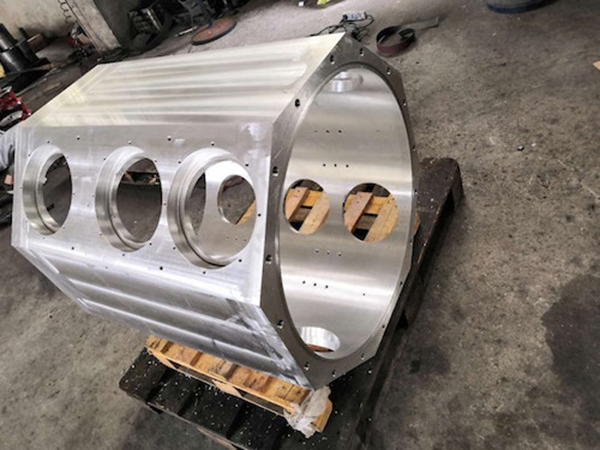Sand Castings

Sand Castings
The ancient art of sandcasting has survived through the centuries to become a reliable method for producing modern engineered parts. Any shape or design in a variety of sizes can easily be produced using this method. An added benefit is the ability to recycle and reuse the sand from the casting while metal castings can only be used to make a single design.
The sandcasting process
The pattern for sandcasting is made from several materials that include metal, wax, plastic, or wood. In simple terms, the process involves an impression in sand that is filled with molten metal. The properties of the sand produces a finished product requiring very little finishing.The sandcasting pattern is created using design software. Once it is approved, it is sent to the shop where the pattern is created. The material for the pattern depends on the volume and tolerance needed for the final part.The sand of sandcasting is capable of withstanding extreme temperatures of molten metal and does not interact with the metal, making it easy to remove cooled and solidified parts. The mold maintains its shape because the sand has a bonding agent to strengthen it. Sands used for sandcasting include green, sodium silicate or water glass, and resin. The sand that is chosen for a project needs to have the right tolerance, shape of the design, and accuracy.Molds come in two parts with a top half, or cope, and bottom, or drag. When a prototype is needed, the pattern can be machined directly into the sand to produce designs that may need adjustments. The normal process involves placing the sand in the cope and drag, which shapes the sand mold. Molten metal is poured into the mold. Once the metal cools, the sand is shaken out, leaving the part.Parts are finished using a variety of methods to reach the exact shape of the design. In most cases, the casting may require machining to meet the necessary dimensions and tolerances required. For most sandcast parts the finishing process takes little time.
Benefits of sandcasting
Of all of the casting processes, sandcasting is the least expensive, since it does not require special tooling or the creation of a metal mold. To keep costs at a minimum, engineers consider various key elements that include drafting angle, parting line, cores, cross section analysis, wall thickness, and shrinkage. These issues are normally resolved during the design phase since casting engineers are very aware of them.One of the major benefits of sandcasting is its ability to produce flawless large parts. Using sandcasting, it is possible to produce parts of a few ounces up to several tons. The shape and design of a part is only constricted by the imagination of the engineer.The low tooling costs make sandcasting perfect for short or small part runs. A single piece can be easily created to provide a sample or example for testing and assessment. The auto industry frequently uses sandcasting to test new ideas and concepts.